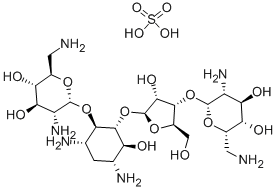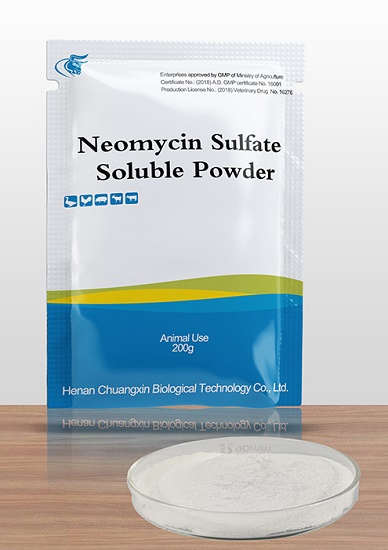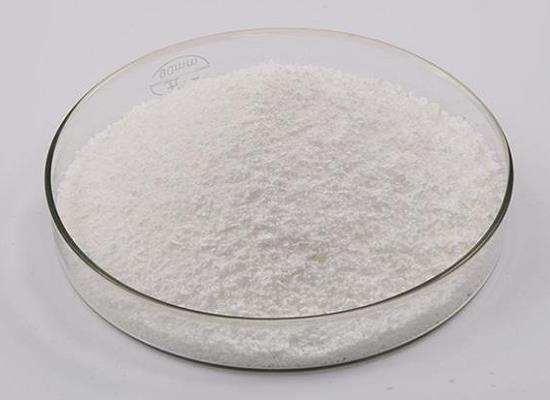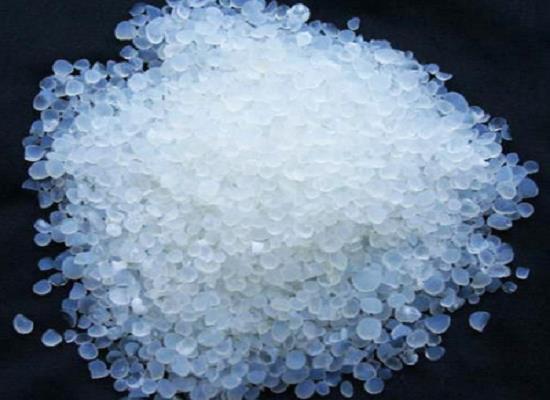Neomycin Sulfate: Overview, Pharmacokinetics and Mechanism of Action
General Description
Neomycin sulfate, a broad-spectrum aminoglycoside antibiotic, comprises neomycin B and C, inhibiting bacterial protein synthesis. It is used in various pharmaceutical preparations for bacterial infections in different medical fields. Neomycin sulfate's pharmacokinetics in swine show distinct properties following oral and intravenous administrations. Its mechanism of action involves binding to the bacterial ribosomes, disrupting protein synthesis. While effective against gram-positive and gram-negative organisms, prolonged use can lead to bacterial resistance. Neomycin sulfate's versatility and efficacy make it valuable, but its use requires caution due to potential side effects and the risk of resistance emergence.
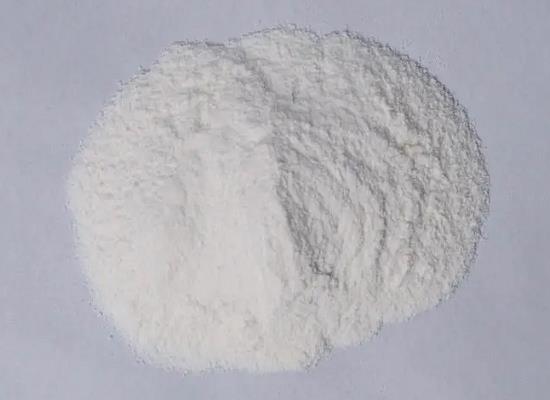
Figure 1. Neomycin Sulfate
Overview
Neomycin sulfate, derived from Streptomyces fradiae, is a broad-spectrum aminoglycoside antibiotic comprising neomycin A, B, and C. Among these, neomycin B (framycetin) and neomycin C are the active components, inhibiting bacterial protein synthesis by binding to ribosomes. Neomycin sulfate, commonly used in pharmaceutical preparations, is measured in units due to its complex nature. In clinical practice, neomycin sulfate serves various purposes. It's available as an oral solution for adjunct therapy in hepatic coma treatment. Additionally, it's combined with polymyxin B sulfates and hydrocortisone in otic suspensions for bacterial infections in the external auditory canal, including those from medical procedures. Ophthalmic preparations containing neomycin sulfate, polymyxin B sulfates, and dexamethasone are used for inflammatory conditions and eye infections. Over-the-counter topical products containing neomycin sulfate are used to prevent minor skin infections. Neomycin sulfate's versatility and efficacy against both gram-positive and gram-negative organisms make it a valuable tool in combating bacterial infections across various medical fields. However, its use requires careful consideration due to potential side effects and the risk of bacterial resistance. 1
Pharmacokinetics
Neomycin sulfate, an aminoglycoside antibiotic used in veterinary medicine, exhibits distinct pharmacokinetic properties in swine following intravenous (i.v.) and oral (p.o.) administrations. In swine, oral administration results in an elimination half-life of 12.43 ± 7.63 hours, with a mean maximum concentration of 0.11 ± 0.07 μg/ml and a mean time to reach maximum concentration of 1.92 ± 0.97 hours. The area under the concentration-time curve from t0 to the last collection point is 1.23 ± 0.78 μg·h/ml. In contrast, after i.v. administration, the elimination half-life is shorter at 5.87 ± 1.12 hours, with a substantially higher mean maximum concentration of 15.80 ± 1.32 μg/ml, and a shorter mean time to reach maximum concentration of 0.30 ± 0.38 hours. The area under the concentration-time curve from t0 to the last collection point is markedly higher at 76.14 ± 3.52 μg·h/ml. The absolute bioavailability of neomycin sulfate B is low, measured at 4.84%±0.03. Additionally, neomycin sulfate exhibits poor gastrointestinal absorption, with increased absorption in the presence of inflammatory or ulcerative gastrointestinal disease. It is rapidly distributed in tissues and has a low protein binding profile, ranging from 0-30%. Metabolism is deemed negligible, with the small fraction of absorbed neomycin primarily excreted unchanged by the kidneys, while the unabsorbed portion is eliminated in the feces. Limited information is available on its half-life and clearance rate. 2
Mechanism of Action
Neomycin sulfate exerts its pharmacological effects primarily by inhibiting bacterial protein synthesis, which ultimately leads to the suppression of bacterial growth and survival. Neomycin sulfate is effective against both gram-positive and gram-negative organisms, including major E. coli species found in the colon and enteropathogenic forms of E. coli, as well as the Klebsiella-Enterobacter group. When administered orally, Neomycin sulfate's bactericidal activity can last from 48 to 72 hours. In addition to its direct antibacterial effects, neomycin has been used as an adjunctive therapy in hepatic coma to improve neurological symptoms by reducing colonic bacteria that produce ammonia. Neomycin sulfate achieves its bactericidal action by binding to the 30S ribosomal subunit of susceptible bacteria, which disrupts the translational machinery of bacterial protein synthesis. This prevents the normal initiation of bacterial translation, where mRNA binds to the 30S subunit and subsequently with the 50S subunit for elongation. It's worth noting that while neomycin has no antifungal activity, it does exhibit some activity against certain protozoa. However, prolonged use of Neomycin sulfate can lead to the emergence of resistant strains of bacteria, such as E. coli, Klebsiella, and Proteus spp. 1
Reference
1. Neomycin. DrugBank. Accession Number: DB00994.
2. Liu Y, Yang Y, Cao Y, et al. Pharmacokinetics of neomycin sulfate after intravenous and oral administrations in swine. J Vet Pharmacol Ther. 2021; 44(5): 850-853.
);You may like
Related articles And Qustion
Lastest Price from Neomycin sulfate manufacturers
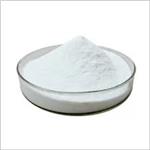
US $1.00/g2024-05-18
- CAS:
- 1405-10-3
- Min. Order:
- 1g
- Purity:
- 98%
- Supply Ability:
- 1000
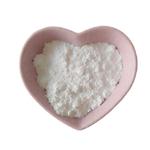
US $1620.00-1600.00/metric tonnes2024-05-17
- CAS:
- 1405-10-3
- Min. Order:
- 1metric tonnes
- Purity:
- 99%
- Supply Ability:
- 10000tons
